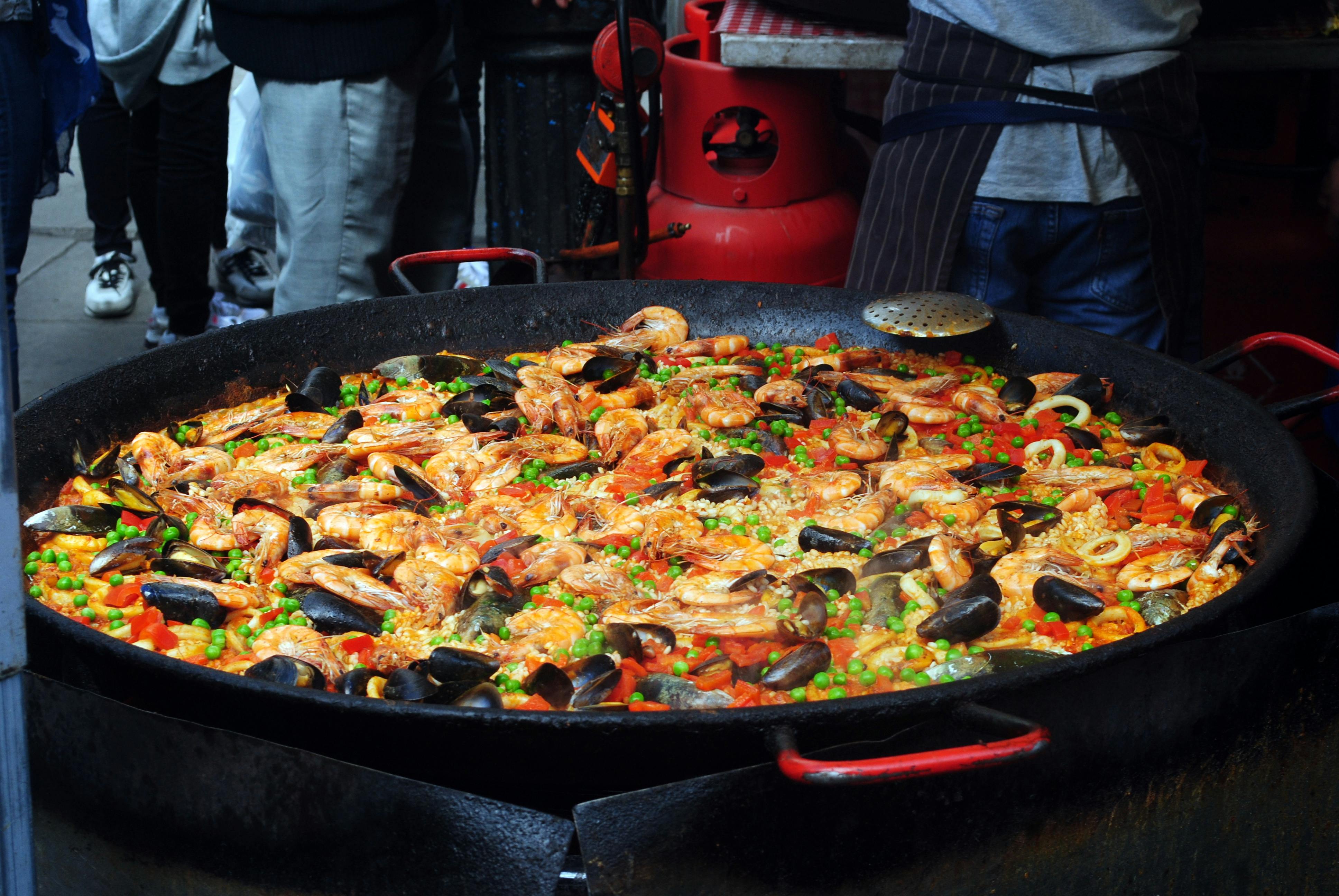Tiki statues come in a wide variety of sizes, shapes, and styles. Some may look like they are and some may be a bit rough. If you’ve bought one (and certainly if you did it on your own), you may consider embellishing the look to match your personal taste exactly. With a little effort and a few simple materials, you can make your tiki pop and give it a finished look that will catch everyone’s eye.
The first thing to consider when finishing or decorating a tiki statue is a sealing material. Most tikis are made from some type of fibrous material, be it wood or the trunk of a palm tree. If it’s going to be displayed outside, the need for weather protection is obvious. Even if the tiki is used indoors, it is a good idea to seal it to protect it from dirt and stains.
One of the best sealing materials is polyurethane. Easy to apply, durable and easy to clean, polyurethane offers an excellent finish. The best way to apply is with the largest brush that will fit in the urethane container. Brush bristles can penetrate small crevices that sponges and other application tools cannot reach. I found that using a circular motion with the brush really allows the brush to cover well.
One thing to keep in mind is that a LOT of polyurethane will be needed to cover your tiki, especially if this is your first time sealing (you should redo it from time to time to ensure good protection). When I sealed a 7 foot tiki it took about a gallon (it is true that the tiki had a lot of rough areas that tend to absorb more polyurethane).
Attention should also be paid to the type of polyurethane used. Not all polyurethane is the same. They are designed for many different purposes. Try to find one that is specifically for outdoor use, with protection against UV rays, heat and humidity. I used Helmsman Spar Polyurethane and it seemed to work fine.
An enhancement that I find very attractive and that allows a very authentic look is the burnt look. Maybe it has to do with the connotation of primitive cultures, or the Polynesian affinity for fire and the recognition of its power, but it seems incredibly cool! Making it an even more attractive upgrade, it is VERY easy to do. All you need is a propane torch and you’re done. Simply decide the area of the burn and apply the torch. I like to burn the areas around the eyes, nose, and mouth, but you can really add it anywhere you want. If you use this technique, make sure you have a safe area (not combustible) and a bucket of water or other fire suppressant because sometimes the wood or the trunk of the palm will catch fire. It usually shuts itself off in a few seconds, but it doesn’t hurt to be sure.
Next, you may want to consider adding color. While many people consider it “inauthentic” and prefer their natural tikis, others enjoy the judicious application of a little paint. I enjoy both types; each has its own appeal or “vibe”. When using color, I like colors in the red / orange / yellow spectrum (perhaps again taking advantage of the “fire” motif), and I usually paint only the eye and mouth areas. However, I have seen tikis painted in practically every color you can imagine, sometimes completely covered up! As with most of these problems, it is a matter of personal taste.
If there are decorative carvings on your tiki (for example, palm trees, pinecones, or flowers), you may want to highlight them with paint. On my first tiki, I carved a palm tree under the face and colored the “leaves” bright green, and burned the “trunk” with a torch to contrast. It made the palm tree stand out really well.
If you choose to use paint, consider your brushes carefully. I would recommend using a smaller one than the one used for the polyurethane application. You’ll probably want to get into areas that are relatively small, taking care that the paint doesn’t go past a certain point. Actually using two brushes is a very good idea. Use a medium one for larger surfaces and a very small one for small or highly detailed areas.
When choosing paint, make sure it is durable. Do not use a type that clears up (eg Tempura). I chose acrylic paints from the craft section of a local department store and was able to get exactly the colors I wanted in the quantities I wanted. Unless you’re painting a full tiki, you probably wouldn’t use more than 8-16 ounces of any color. If you are painting really small areas for accent, you can use even less.
Upgrading a tiki statue is actually pretty easy as long as a little care is taken. While “primitive” tikis can and do look great, adding a few enhancements in the right places can sometimes take them from “good” to “really extraordinary.” If you choose to use some of the enhancements described in this document, don’t be surprised, when you show your work, if others have a hard time believing that you actually did it yourself rather than a professional.
